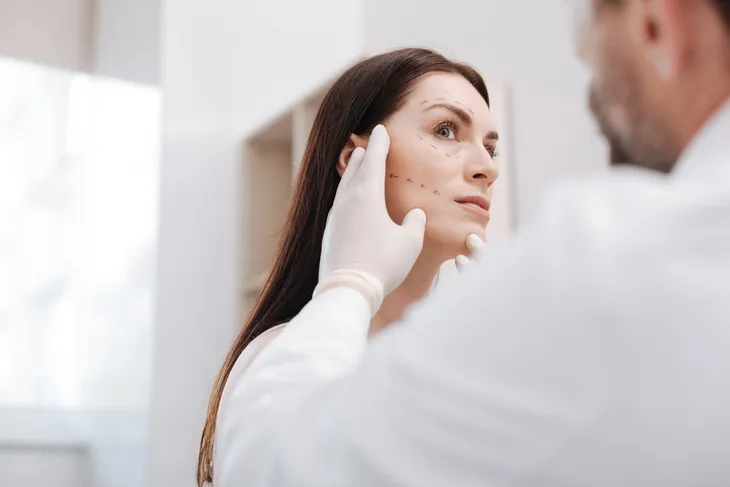The American Society of Plastic Surgeons revealed that facelifts were the fifth most popular cosmetic surgery procedure. It’s become a go-to surgery people get as they grow older, with promising results that correct saggy skin and create a more youthful appearance.
Although results from facelifts are desirable, it’s an invasive surgery that some people want to avoid. Instead, you might want to consider a mini facelift. Before booking a consultation with a surgeon, here’s what you need to know about mini facelifts.
What Is a Mini Facelift?
A mini facelift is a procedure that can reduce signs of aging in the face. This surgical procedure aims to lift sagging cheeks and jawline skin to achieve a more youthful appearance. Surgeons create small incisions to lift your skin upwards, allowing them to tighten underlying tissue and muscle. They also remove excess skin.
Keep in mind that a mini facelift does not typically directly address the neck. Instead, it usually achieves three main goals:
- Elevates the jowls.
- Elevates descended cheek fat.
- Smooths the folds in the corners of the mouth.
Who Can Get Mini Facelifts
Since a mini facelift doesn’t really improve the appearance of a person’s neck, this procedure is more popular among younger patients in their 40s or 50s looking for facial improvements. Of course, a mini facelift could appeal to older individuals as well.
Mini facelifts could be an option for people who have signs of aging but are not too concerned about the appearance of their necks. This could also be of interest to patients who have lost a lot of weight and notice their facial skin is sagging.
Traditional Facelifts Are More Invasive
With a mini facelift, doctors focus on the lower half of your face to target your jaw and cheeks. They make small incisions around your ears and hairline. The incision does not extend into the temporal or upper forehead region, making for a less invasive option.
In contrast, when doctors perform traditional facelifts on patients, the procedure is more invasive. Mayo Clinic explains how doctors must pull back a flap of skin on each side of the face to alter the tissues below the skin. Overall, a mini facelift allows patients to reap similar benefits with fewer incisions.
Mini Facelifts Have a Shorter Recovery Time
Since mini facelifts are less invasive, they will have a shorter recovery time. The average patient will be able to return back to work one to two weeks after surgery. It’s important to follow your doctor’s instructions post-surgery and avoid strenuous activity to heal properly.
Alternatively, patients who choose a traditional facelift will often take four to six weeks to recover. It can also take three to four months to see the final result from surgery.
The Cost of Mini Facelifts
Since a mini facelift is considered cosmetic surgery, the procedure is not covered by health insurance. The good news is the price is typically much cheaper than a traditional facelift. According to Healthline, a mini facelift costs between $3,500 and $8,000 (USD) on average. This is much more affordable when you compare it to the average cost of a full facelift, which is $7,655.
Additional fees you will have to pay out of pocket for either surgery include anesthesia, hospital bills, and prescription medicine.
Possible Complications
Like any type of surgery, there is a risk for complications when getting a mini facelift. It’s important to be aware of these potential outcomes before committing to the surgery. Below are some examples of possible complications that may come up, according to Medical News Today:
- Bleeding
- Bruising
- Anesthesia complications
- Damage to the facial nerves controlling muscles (usually temporary)
- Hematoma
- Infection
- Scarring
- Numbness
Where to Get a Mini Facelift
Although it’s completely normal for skin to start sagging as you grow older, some people may want to improve the appearance with cosmetic surgery. A mini facelift can help improve the appearance of your jawline and cheeks with fewer incisions and quicker recovery time. These are just a few of the reasons why mini facelifts are so popular in 2021.
Explore the different facelift options by searching online. Depending on your needs, there could be a specific type of facelift that appeals to you most. Finally, consult with a plastic surgeon who can walk you through the procedure and further explain what to expect when getting a mini facelift.










